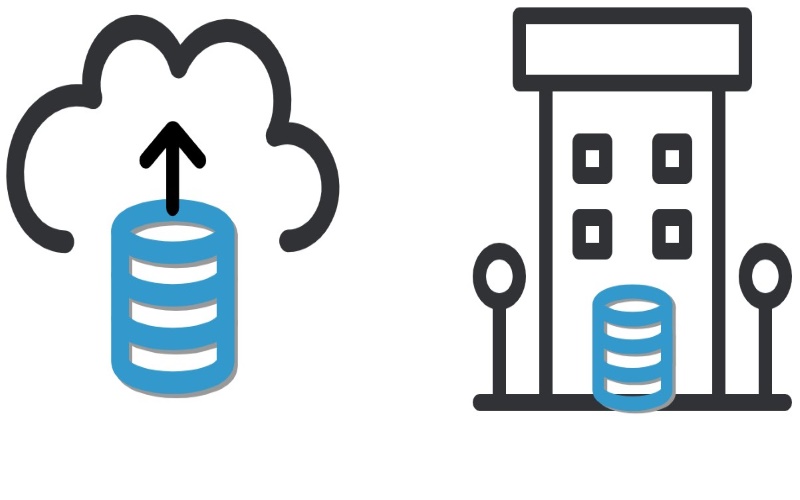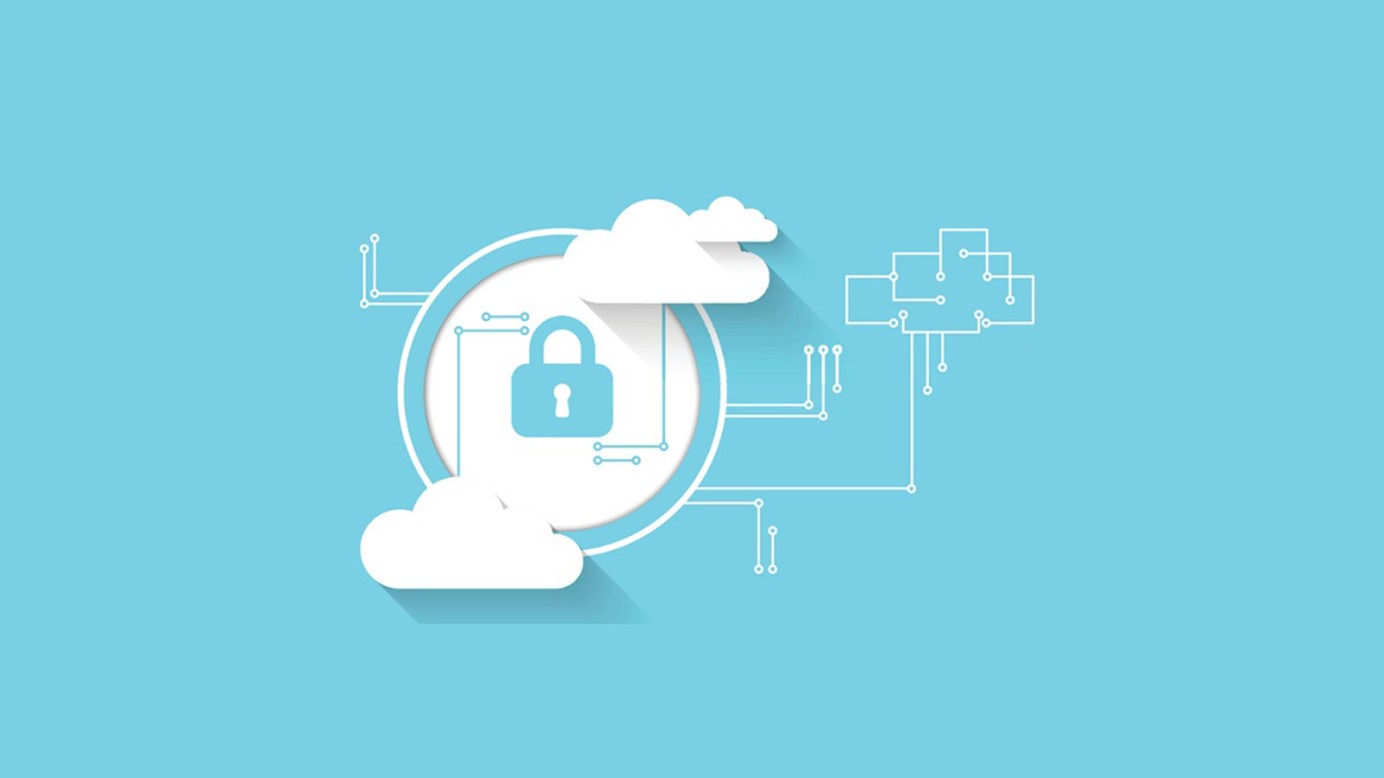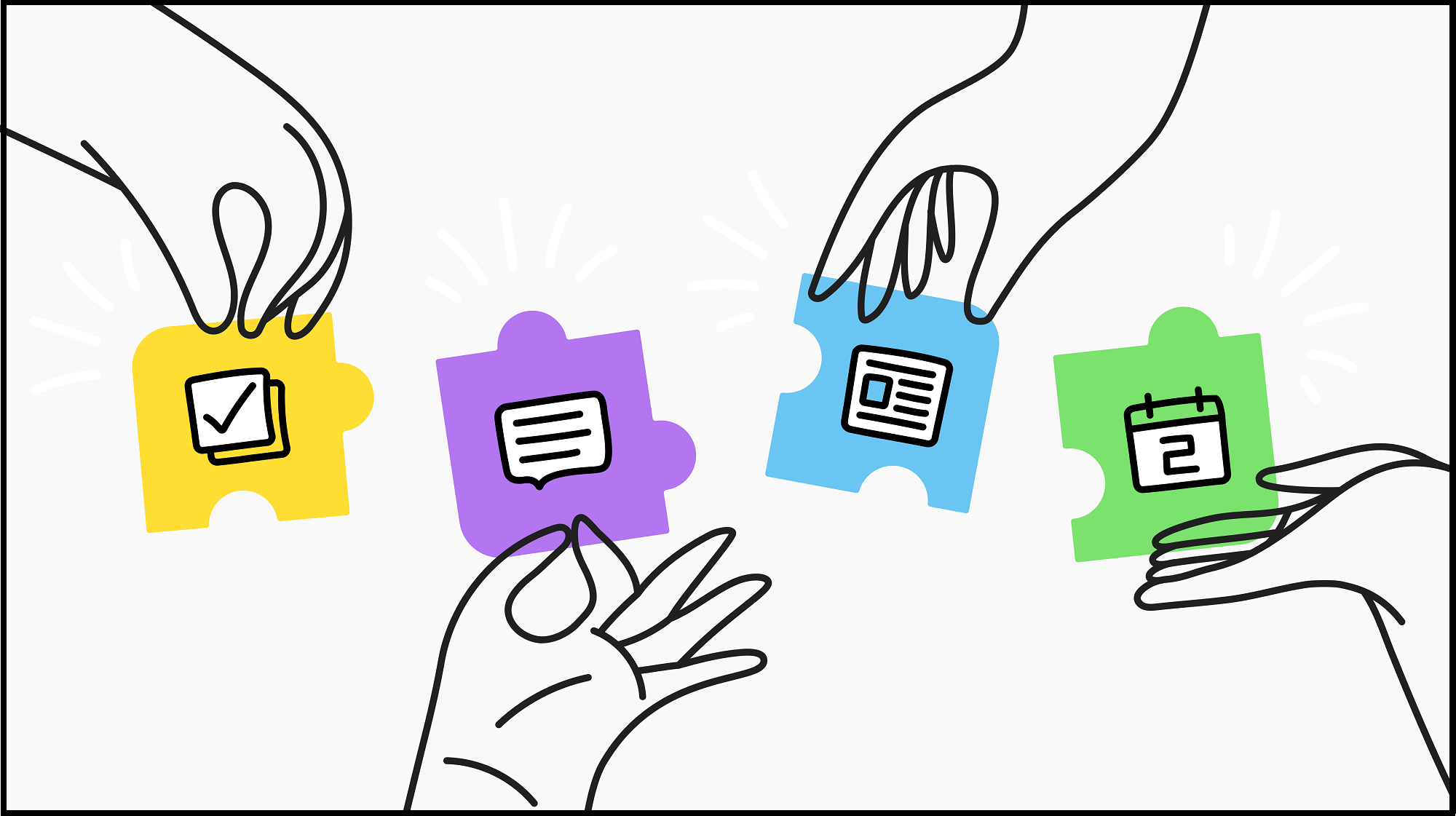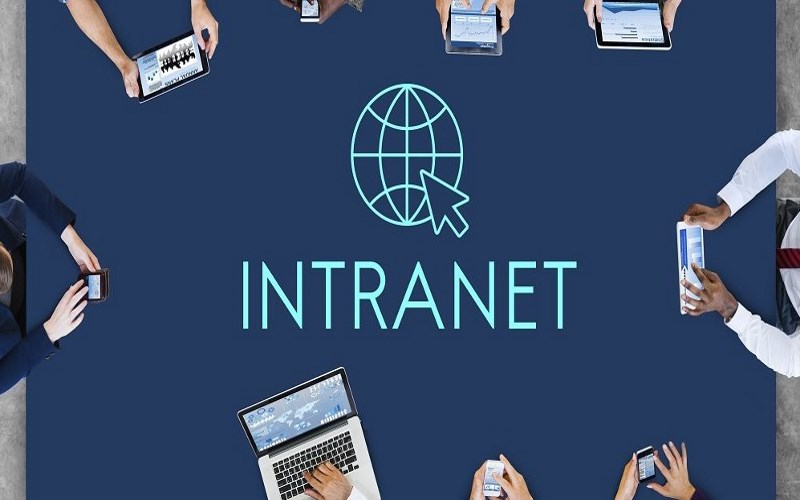Primarily developed for electronic document management and content management, throughout the years, SharePoint has evolved into a platform fully capable of handling everything a company or an organization would ever need. This includes project management, communications, and knowledge sharing. Despite its comprehensive list of features and functions, many companies are still hesitant to move to the cloud. One of the most common points of confusion is choosing between SharePoint Online and SharePoint On-Premise (also known as SharePoint server).
Indeed, choosing between the two is not easy. There are tons of things you need to consider based on the needs of your organization, daily operations, goals, and of course, IT infrastructure. There are pros and cons on both sides too. So how do you choose the right one for your business? This entry will give you a handy comparison to help you decide.
Differentiating Sharepoint On-Premise and SharePoint-Online
In this hectic and fast-paced world of information age, enterprises need to keep up. One way to do so (and is inevitable) is to move to the cloud. But as said earlier, not everyone wants (or knows how) to move data and information from local servers, away from the office.
SharePoint On-Premise provides organizations the ability to keep data and vital information on their premises, all while also leveraging some of Office 365’s capabilities. Despite that, it still has key differences and limitations when compared to the online version.
Cost
In most cases, enterprises choose the one that they can afford. Since SharePoint Online stores everything in the cloud, the internal resource requirements for setting up the platform are greatly reduced. Your IT department can work with what you already have at top-level productivity. The cost depends on the number of users. SharePoint made it easy for enterprises to have multiple users in a single platform without having to worry about any kind of maintenance. They also provide Office 365, where users can take advantage of the global suite of cloud storage products, mailbox, and collaboration functions.
With SharePoint On-Premise, on the other hand, you will need more resources (and room) and a fully functional IT team to set up and maintain a server, download patches, and install updates. This means investing in multiple servers with each having its own user CAL + licenses for SQL Server and Windows Server.

Licensing and Updates
The On-Premise version requires you to purchase a license for each server and CAL (standard or enterprise) for every user.
With SharePoint Online, Office 365 Business, or Enterprise, licenses are already included. For users who don’t need to use the mailbox, they provide a dedicated license called SharePoint Online P1/P2.
Both On-Premise and Online versions allow access to Microsoft Office’s web applications. The only different thing is the license type. For the On-Premise, you will need a license to ‘view’ and ‘edit documents’ through the web applications.
For the Online version, on the other hand, users can readily view and edit documents through the cloud without the need to add licenses.
For updates on the On-Premise version, the IT department has to take care of downloading and installing updates to get continued support from Microsoft and to make sure everyone is using the same version.
For the Online version, Microsoft takes care of the installation and distribution of these updates.
Master Data Services versus Internal Capabilities
SharePoint On-Premise largely depends on the internal capabilities of your IT team. The plus side of that of course is you will have direct and full control over your information and compliance standards, rather than being held up to industry-specific security standards or through third-party verifications.
The Online version basically depends on Microsoft’s in-built redundancy for its data centers.
Storage Considerations
Storage is another important factor you need to consider. With SharePoint On-Premise, your storage capacity depends on your space and infrastructure. Meaning you can have it as big as you want.
With Online, on the other hand, you cannot have unlimited storage space. Though affordable, there is a limit per user and per subscription.
Collaboration Tools
SharePoint Online gives its users access to collaboration tools such as Microsoft PowerApps, Flow, Azure, etc., which are all provided by Microsoft.
With On-Premise however, you may need to make separate arrangements to get access to more apps and tools.
New Tools and Trends
One way to help you decide when choosing an intranet with SharePoint is by considering the recent trends.
Microsoft has since implemented the “Cloud First” strategy, which means new features and improvements are first applied in the Online versions before they become available for download and installation for On-Premise versions. Newer tools will be available only for the cloud, but they are not always sure that all features will be available On-Premise as not all integrations with Office 365 are locally available.
When to get SharePoint On-Premise
- If you have a dedicated infrastructure for SharePoint
- If you need data for compliance requirements
- If you do not have adequate bandwidth for your internet connection
When to get SharePoint Online
- If you want to get and set up SharePoint as quickly as possible
- If you want to reduce expenses for dedicated infrastructure
- If you want to collaborate with external team members and customers
- If you want to grant employees access to integrated tools through mobile deployments

Parting Tips
Basically, the online version which provides the cloud service, is best if you are looking to build a scalable intranet, all while reducing the setup complexity and saving money from creating infrastructure. Microsoft also develops the product further, giving you the capability to expand the functionality of your platform.
With an on-premise version on the other hand, you have to make your own dedicated infrastructure. This is perfect for enterprises with high compliance standards, customization requirements, and achievement economies of scale on licenses. It is best for organizations that are looking for bigger storage than what Microsoft can offer, have better control of the architecture, and want your intranet to be only available on the work network.
Both SharePoint on-premise and online are similar when it comes to basic features and functions. The decision ultimately boils down to which version better suits your regulations and requirements.
If you are still not sure which one to choose, then you can always opt for the hybrid intranet version.
FAQs about SharePoint Online vs. On-Premises
What is the difference between SharePoint On-Premises and SharePoint Online?
SharePoint Online is a cloud-based service that is part of Microsoft 365, offering you access to SharePoint without needing to manage the underlying infrastructure. In contrast, SharePoint On-Premises is a self-hosted version, where you install and manage the software on your own servers. This setup offers more granular control over the environment but requires more resources and maintenance. While SharePoint Online provides modern site templates and tighter integration with other Microsoft 365 apps, SharePoint On-Premises offers deeper customization possibilities and control over server settings.
How do customization options differ between SharePoint On-Premises and SharePoint Online?
SharePoint On-Premises grants you comprehensive customization capabilities, including the ability to access and modify the server environment, allowing for unique and tailored solutions. This can be critical for businesses with specific needs. On the other hand, SharePoint Online, although highly customizable, does not permit changes to the core server environment, potentially limiting the extent of what you can modify.
What is a SharePoint hybrid?
A SharePoint hybrid setup integrates SharePoint Online with your on-premises SharePoint Server, combining the benefits of both platforms. This hybrid approach allows seamless access to data and services across both environments. It’s particularly useful for organizations transitioning to the cloud in stages, providing continuity and leveraging cloud features while maintaining on-premises control where necessary.
Is there a difference in user experience and accessibility?
Yes, there are notable differences. SharePoint Online typically offers a more modern and frequently updated user interface, enhancing the overall user experience. Its cloud-based nature also means better accessibility, allowing users to collaborate from virtually anywhere with an internet connection. On the other hand, SharePoint On-Premises, while consistent and reliable within your organization’s network, might not have the latest features and updates available in the online version.
How do I know if I have SharePoint Online or On-Premises?
To determine which version of SharePoint you’re using, open SharePoint in your web browser. In the upper-right corner of the page, look for a settings menu (often represented by a gear icon). From there, select “Help.” In the search box, type “SharePoint version” and press Enter. The information that appears will help you identify whether you are using SharePoint Online or On-Premises.
You might be interested in: Frequently Asked Questions – On-prem Analytics for SharePoint and Microsoft 365













 Follow @cardiolog
Follow @cardiolog